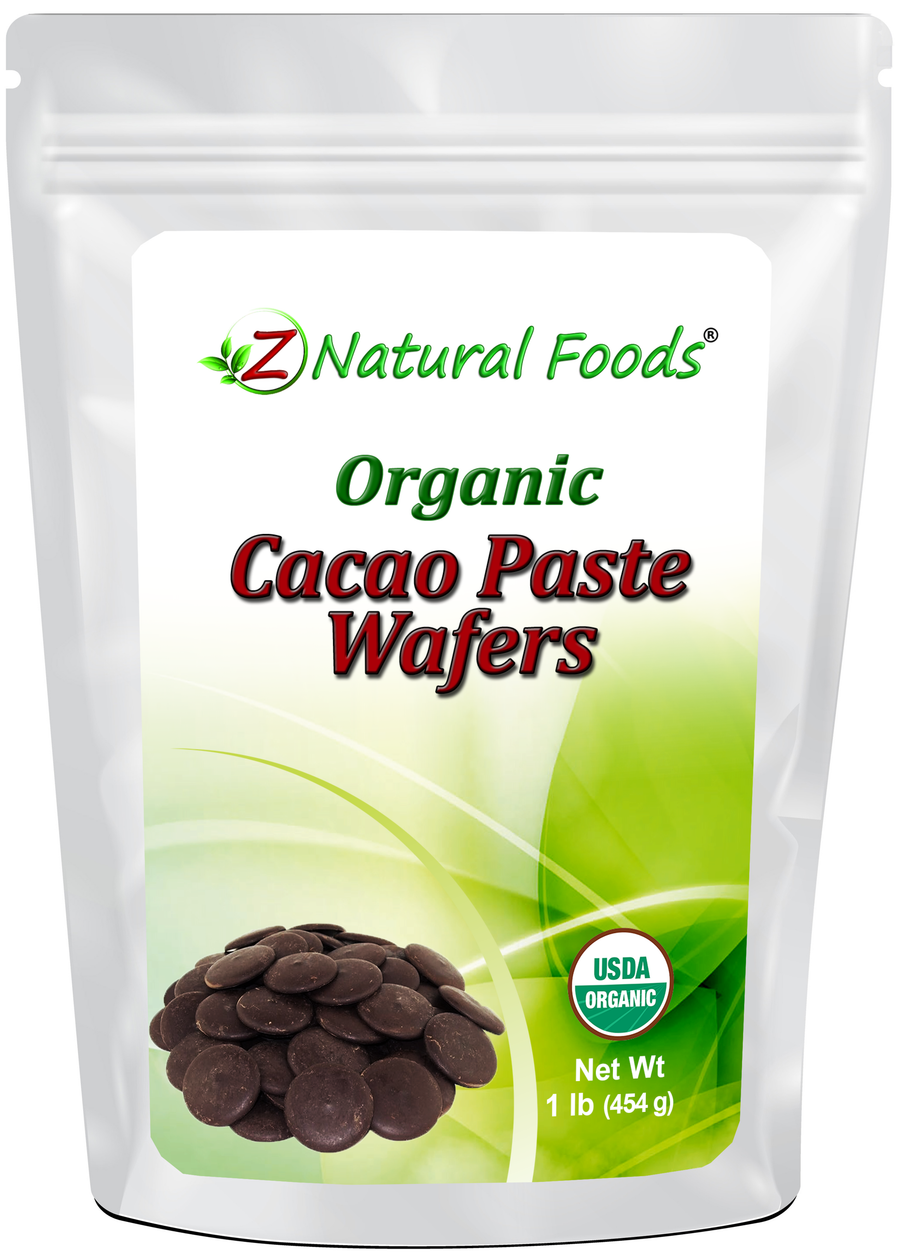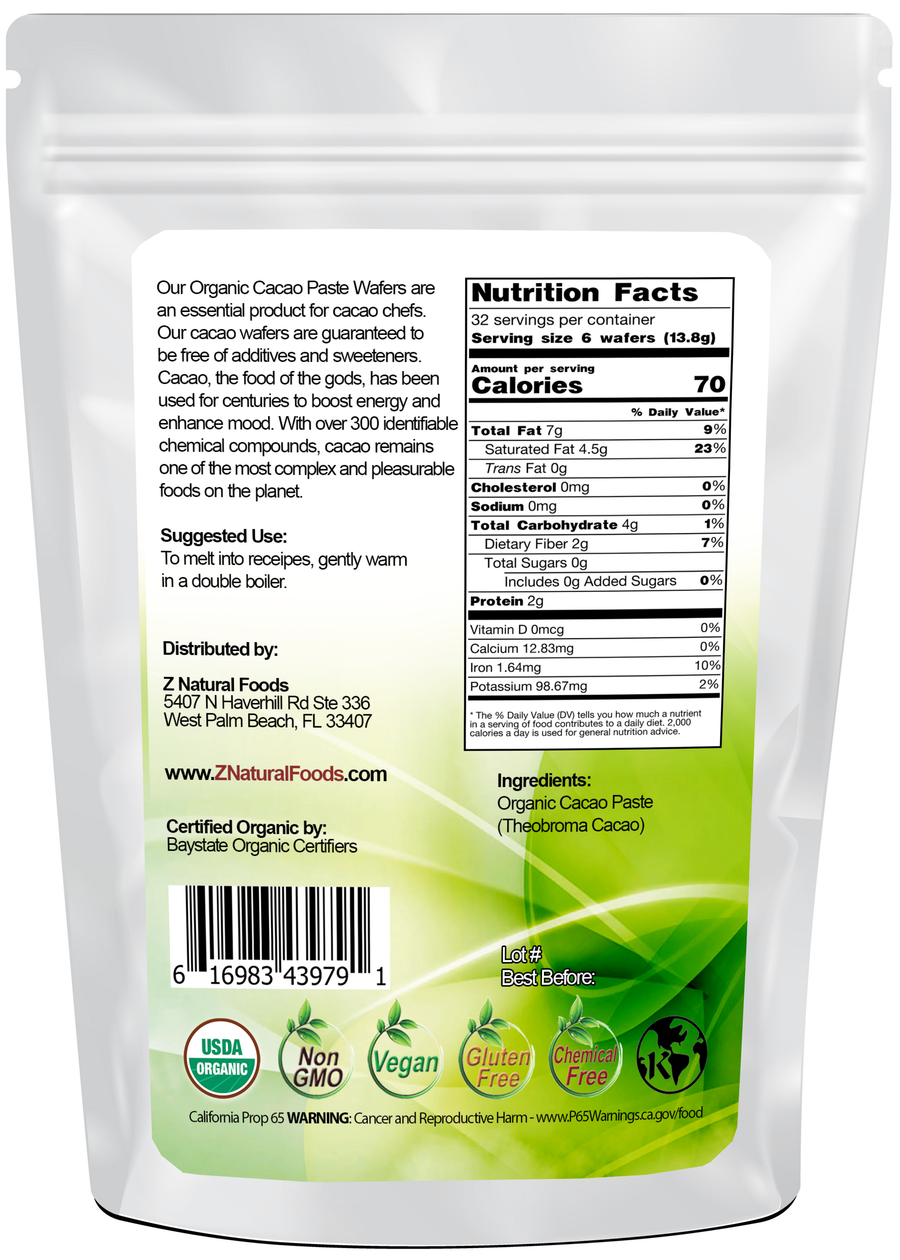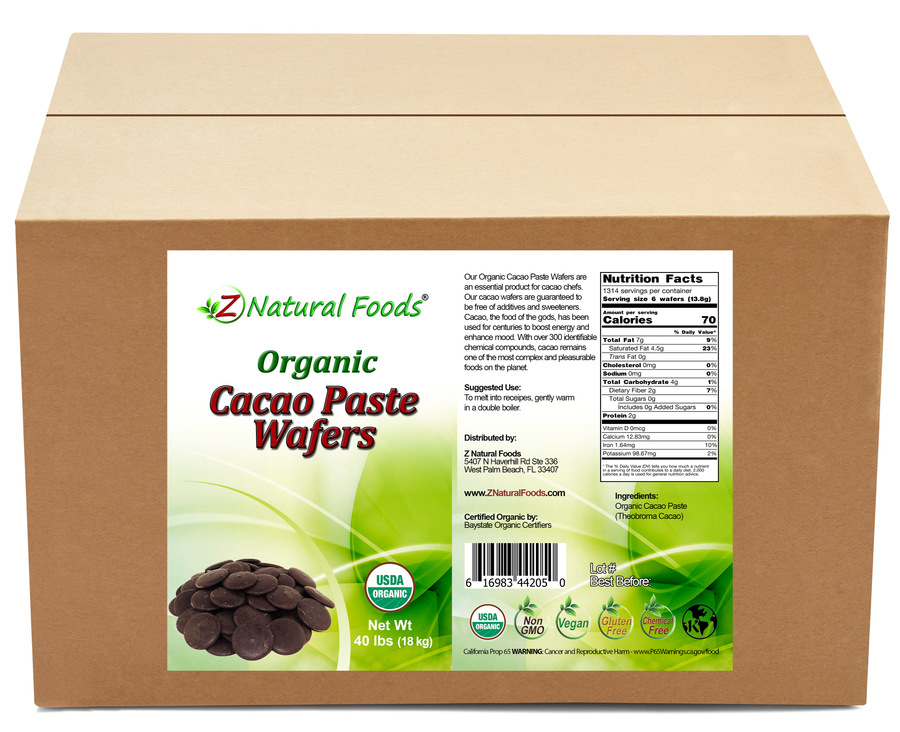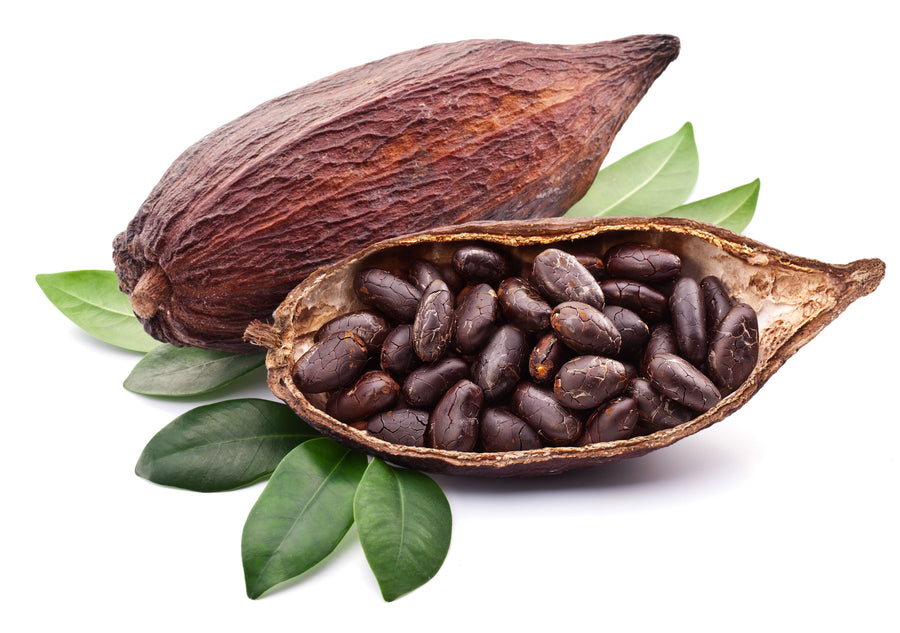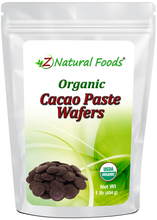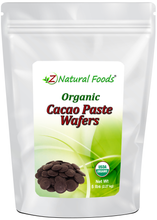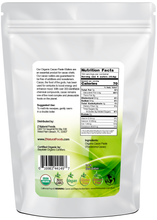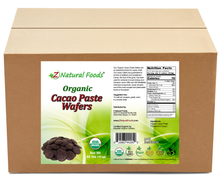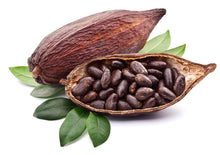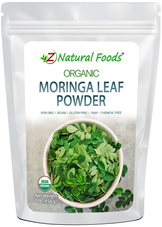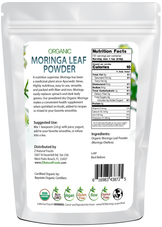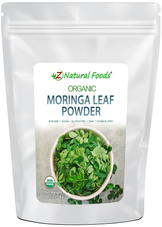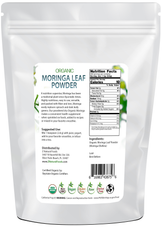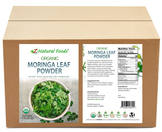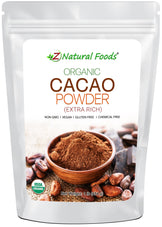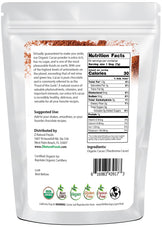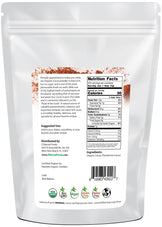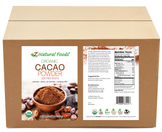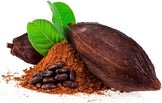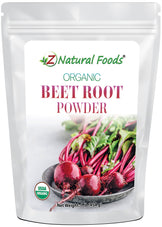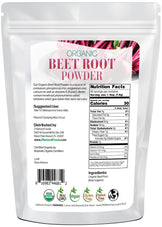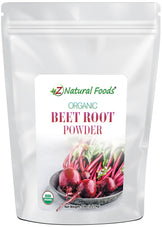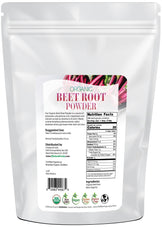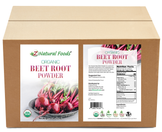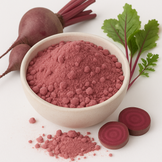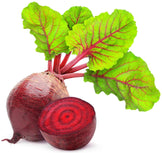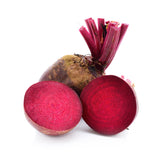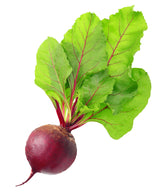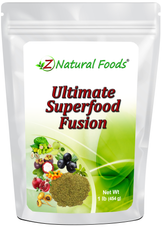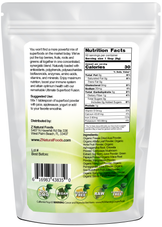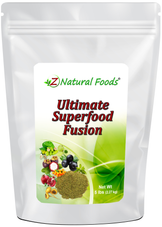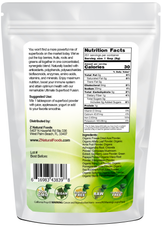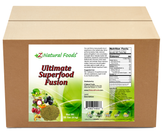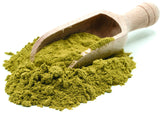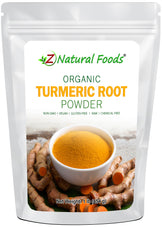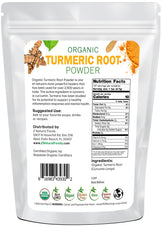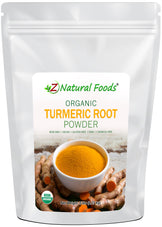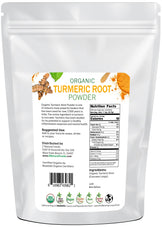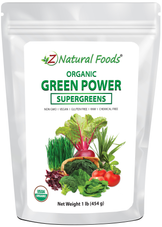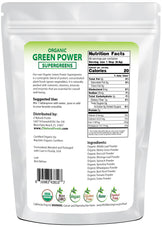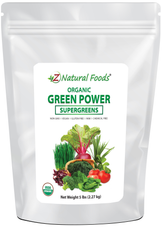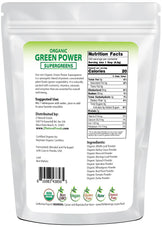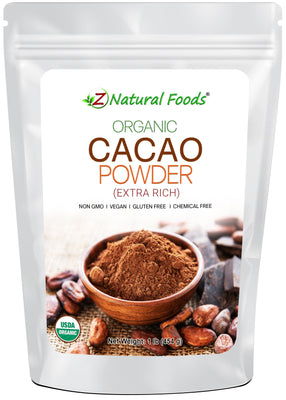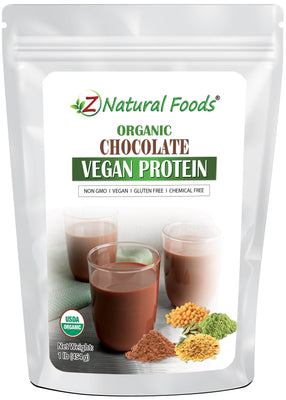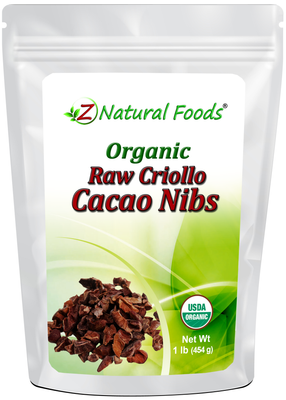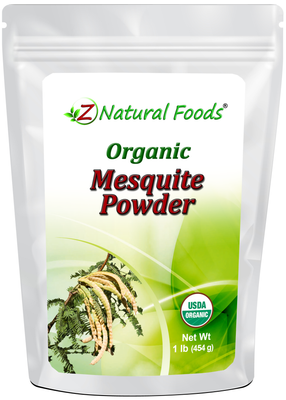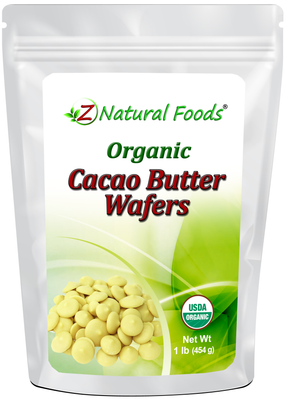About Product
Cacao Paste Wafers are made from roasted and ground cacao beans, molded into convenient wafer form. With their bold chocolate flavor and smooth texture, they can be enjoyed as a snack or used in baking, desserts, and homemade chocolate recipes.
Easy to melt and blend, cacao paste wafers are a versatile ingredient that brings rich cacao taste to both sweet and savory creations. They’re a simple way to work with pure cacao in your everyday kitchen.
Some research suggests that Cacao may contain the following constituents:
- Minerals: Magnesium, Phosphorus, Zinc, Sulfur
- Vitamins: Vitamin C, Thiamin, Riboflavin, Niacin, Vitamin B-6, Vitamin A (IU), Vitamin E, Vitamin K
- Amino Acids: Tryptophan
- Phytochemicals: Flavonoids, PEA (phenylethylamine), Anandamide, Theobromine, Caffeine, Resveratrol
- Essential Fatty Acids: Oleic Acid
This product may melt during shipping if it gets warm. If melting occurs, place it in the refrigerator or freezer for 1 hour. Then break pieces off as needed.
Suggested Use: To melt into recipes, gently warm in a double boiler, then add vanilla and agave nectar to sweeten.
Botanical Name: Theobroma cacao.
Other Names: Cocoa, Chocolate Tree, Koko, Kakaobaum, kakaw, kakao, Chocolate.
Ingredients: Cacao Paste Wafers.
Origin: Grown and produced in Peru and packaged with care in Florida, USA.
Certifications: Certified USDA Organic.
How to Maintain Optimum Freshness
- This product is packaged in airtight, stand-up, resealable foil pouches for optimum freshness.
- Once opened, push the air out of the pouch before resealing it to preserve maximum potency.
- Keep your powder in a cool, dark, dry place.
This product is 100% natural and minimally processed:
Taste, smell, texture, and color vary from batch to batch. Go here to learn why our products may naturally vary.
The important protections we take to bring you safe and nutritious superfoods:
Please go here to discover the essential steps we take to deliver fresh, quality nutrition.
Bulk Quantities?
Need to order a large quantity of our products? We are happy to help! Please get in touch with our Bulk department to discuss the details.
* Product packaging, pictures, and origin may vary.
Sources & References
1. Cacao as the fruit of the cacao tree
2. Pharmacognosy and Health Benefits of Cocoa Seeds, Cocoa Powder (Chocolate)
3. Zipperer, Paul (1902). "white+cacao" The manufacture of chocolate and other cacao preparations (2 ed.). Berlin: Verlag von M. Krayn. p. 14.
4. http://www.freepatentsonline.com/5395635.pdf
5. Ann Bingham; Jeremy Roberts (2010). South and Meso-American Mythology A to Z. Infobase Publishing. p. 19. ISBN 978-1-4381-2958-7.
6. "Chocolate Facts". 2005-06-11. Retrieved 2007-11-12.
7. Sorting Out Chocolate - Fine Cooking Article
8. "Cacao Vs. Cocoa: Updating Your Chocolate Vocabulary". Retrieved 2007-11-12.
9. http://www.thenibble.com/reviews/main/chocolate/the-history-of-chocolate.asp
10. Daza del Castillo, Bernal (2005) [1632]. Historia verdadera de la conquista de la Nueva España. Felipe Castro Gutiérrez (Introduction). Mexico: Editores Mexicanos Unidos, S.A. ISBN 968-15-0863-7. OCLC 34997012
11. "Chocolate History Timeline". Retrieved 2007-11-08.
12. "Cocoa Market Update". World Cocoa Foundation. May 2010. Retrieved 11 December 2011.
13. "ICCO Press Releases". International Cocoa Organization. 30 November 2011. Retrieved 11 December 2011.
14. Wood, G. A. R.; Lass, R. A. (2001). Cocoa. Tropical agriculture series (4th ed.). John Wiley and Sons. ISBN 0-632-06398-X.
15. Olivia Abenyega and James Gockowski (2003). Labor practices in the cocoa sector of Ghana with a special focus on the role of children. International Institute of Tropical Agriculture. pp. 10 “11. ISBN 978-131-218-1.
16. Hui, Yiu H. (2006). Handbook of food science, technology, and engineering 4. CRC Press. ISBN 0-8493-9849-5.
17. Dand, Robin (1999). The international cocoa trade (2nd ed.). Woodhead Publishing. ISBN 1-85573-434-6.
18. J. Gockowski and S. Oduwole (2003). Labor practices in the cocoa sector of southwest Nigeria with a focus on the role of children. International Institute of Tropical Agriculture. pp. 11"“15. ISBN 978-131-215-7.
19. http://food.theatlantic.com/artisans/mexican-chocolate-rustic-strong-better.php
20. "Cocoa: From Bean to Bar," Urbanski, John, Food Product Design, May 2008
21. Taubert D, Roesen R, Schamig E (April 2007). "Effect of cocoa and tea intake on blood pressure: a meta-analysis". Arch. Intern. Med. 167 (7): 626"“34. doi:10.1001/archinte.167.7.626. PMID 17420419.
22. Schroeter H, Heiss C, Balzer J, et al. (January 2006). "(-)-Epicatechin mediates beneficial effects of flavanol-rich cocoa on vascular function in humans". Proc. Natl. Acad. Sci. U.S.A. 103 (4): 1024–9. doi:10.1073/pnas. 0510168103. PMC 1327732. PMID 16418281.
23. Cocoa: The Next Health Drink?
24. http://vegetarian.about.com/od/beverage1/a/raw-chocolate-nutrition.htm
25. "Cocoa nutrient for 'lethal ills'". BBC News. 2007-03-11. Retrieved 2010-04-30.
26. Mauro Serafini, Rossana Bugianesi, Giuseppe Maiani, Silvia Valtuena, Somone De Santis, Ala Crozier: "Plasma antioxidants from chocolate", Nature 424(2003)1013. Downloaded from http://eprints.gla.ac.uk/131/01/Crozier,A_2003.pdf
27. J.B. Keogh, J. McInerney, and P.M. Clifton: "The Effect of Milk Protein on the Bioavailability of Cocoa Polyphenols", Journal of Food Science 72(3)S230-S233, 2007. Downloaded from http://onlinelibrary.wiley.com/doi/10.1111/j.1750-3841.2007.00314.x/pdf
28. Flavanols in cocoa may offer benefits to the brain
29. Bayard V, Chamorro F, Motta J, Hollenberg NK (2007). "Does flavanol intake influence mortality from nitric oxide-dependent processes? Ischemic heart disease, stroke, diabetes mellitus, and cancer in Panama". Int J Med Sci 4 (1): 53 “8. PMC 1796954. PMID 17299579.
30. Cocoa, But Not Tea, May Lower Blood Pressure
31. Buijsse B, Feskens EJ, Kok FJ, Kromhout D (February 2006). "Cocoa intake, blood pressure, and cardiovascular mortality: the Zutphen Elderly Study". Arch. Intern. Med. 166 (4): 411"“7. doi:10.1001/archinte.166.4.411. PMID 16505260.
32. Sudarsan Raghavan and Sumana Chatterjee (24 June 2001). "Slaves feed world's taste for chocolate: Captives common in cocoa farms of Africa". Milwaukee Journal Sentinel. Archived from the original on 17 September 2006 and retrieved 25 April 2012.
33. "Combating Child Labour in Cocoa Growing". International Labor Organization. 2005. Retrieved 26 April 2012.
34. David Wolfe and Shazzie (2005). Naked Chocolate: The Astonishing Truth about the World's Greatest Food. North Atlantic Books. p. 98. ISBN 1-55643-731-5. Retrieved 15 December 2011.
35. Humphrey Hawksley (12 April 2001). "Mali's children in chocolate slavery". BBC News. Retrieved 2 January 2010.
36. Humphrey Hawksley (4 May 2001). "Ivory Coast accuses chocolate companies". BBC News. Retrieved 4 August 2010.
37. U.S. Department of State Country Reports on Human Rights Practices, 2005 Human Rights Report on Côte d'Ivoire
38. http://ilo.law.cornell.edu/public/english/standards/ipec/themes/cocoa/download/2005_02_cl_cocoa.pdf
39. Payson Center for International Development and Technology Transfer (30 September 2010). "Fourth Annual Report: Oversight of Public and Private Initiatives to Eliminate the Worst Forms of Child Labor in the Cocoa Sector of Côte d'Ivoire and Ghana". Tulane University. p. 26. Retrieved 23 April 2012.
40. "Protocol for the growing and processing of cocoa beans and their derivative products in a manner that complies with ILO Convention 182 concerning the prohibition and immediate action for the elimination of the worst forms of child labor". International Cocoa Initiative. 2001. Retrieved 25 April 2012.
41. Tricia Escobedo (19 September 2011). "The Human Cost of Chocolate". CNN. Retrieved 28 April 2012.
42. Karen Ann Monsy (24 February 2012). "The bitter truth". Khaleej Times. Retrieved 28 April 2012.
43. Payson Center for International Development and Technology Transfer (31 March 2011). "Oversight of Public and Private Initiatives to Eliminate the Worst Forms of Child Labor in the Cocoa Sector of Côte d'Ivoire and Ghana". Tulane University. pp. 7 “12. Retrieved 26 April 2012.
44. "GOURMET GARDENS: CONGOLESE FAIR TRADE AND ORGANIC COCOA". befair.be.
45. "The News on Chocolate is Bittersweet: No Progress on Child Labor, but Fair Trade Chocolate is on the Rise." Global Exchange June 2005 (8 pages). Web. <http://www.globalexchange.org/campaigns/fairtrade/cocoa/chocolatereport05.pdf>. 1 July 2010.
46. "Fairtrade Cadbury Dairy Milk Goes Global as Canada, Australia, and New Zealand take Fairtrade Further Into Mainstream." Cadbury PLC 2010. Web. <http://www.cadbury.com/ourresponsibilities/fairtrade/Pages/fairtrade.aspx>. 1 July 2010.
47. http://authoritynutrition.com/7-health-benefits-dark-chocolate/
48. Sibun, Jonathan; Wallop, Harry (17 July 2010). "Mystery trader buys all Europe's cocoa". The Telegraph. Retrieved 27 July 2010.
49. http://www.ars-grin.gov/cgi-bin/duke/farmacy2.pl
50. From cacao tree to bean: the beginning of fermentation - https://onthecocoatrail.com/2012/06/20/from-tree-to-bean-the-beginning-of-fermentation/
51. From cacao tree to bean: the drying process - https://onthecocoatrail.com/2012/06/24/from-tree-to-bean-the-drying-process/
52. http://ndb.nal.usda.gov/ndb/foods/show/6405
* Reviews & Success Stories Disclaimer
Product reviews solely reflect the views and opinions expressed by the contributors and not those of Z Natural Foods. Z Natural Foods does not verify or endorse any claims made in these reviews. Statements have not been evaluated by the FDA and are not intended to diagnose, treat, cure, or prevent any disease or health condition.REFERRAL PROGRAM
Share your personal link to your friends and welcome them with rewards. Claim yours when they make their first purchase.

GIVE
$10 off discount

GET
$10 off discount
Other products in the same category
Cacao Nibs - Organic
$66.27
